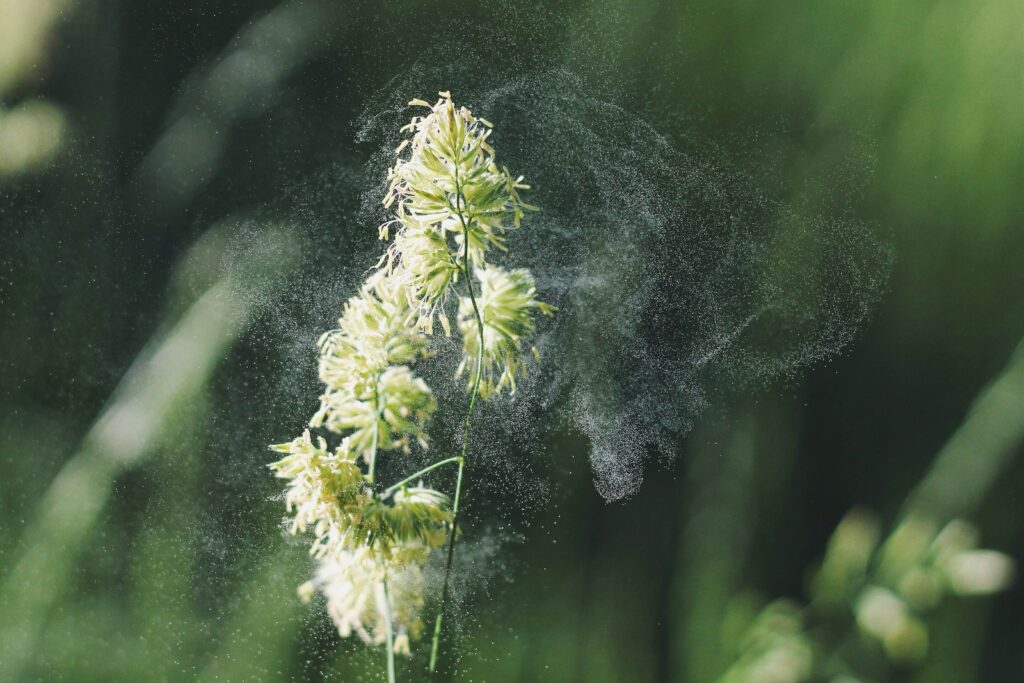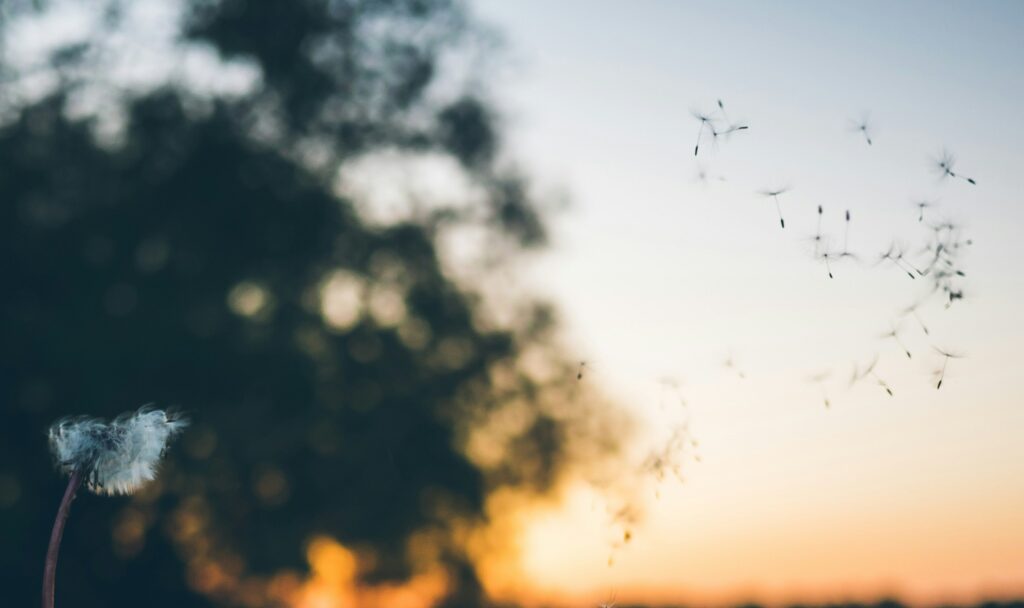
Asthma and Your Health
BACKGROUND
More than 25 million people in the US suffer from asthma. Pollen is a common asthma trigger, and the pollen count, in general, is highest from mid-spring to early summer.
The National Atmospheric Deposition Program’s (NADP) Aeroallergen Monitoring Science Committee (AMSC) was formed in 2016 in response to the growing interest and concern over aeroallergens. An aeroallergen is any airborne substance, such as pollen or spores, which triggers an allergic reaction, commonly known as hay fever. Examples of plant pollen commonly responsible for hay fever include:
- Trees: In northern latitudes birch is considered to be the most important allergenic tree pollen. An estimated 15–20% of those with hay fever are sensitive to birch pollen grains. Olive pollen is most predominant in Mediterranean regions.
- Grasses (Family Poaceae): An estimated 90% of those with hay fever are allergic to grass pollen.
- Weeds: weeds that produce allergenic pollen include ragweed, plantain, nettles, mugwort , Fat hen, and sorrel.
Since different plants produce pollen at fixed seasons across the year, a person with long-term hay fever can anticipate when their symptoms are most likely to begin and end. Doctors and researchers collect samples to detect the beginning and peak of different pollen seasons. The National Allergy Bureau gathers some of this data, but AMSC hopes to establish a central aeroallergen data bank to collect, catalog and analyze pollen as well as mold data.
RESOURCES:
NADP AMSC: https://nadp.slh.wisc.edu/committees/amsc/
US Centers for Disease Control and Prevention (CDC) 2021 seminar on climate change, pollen, and health: https://youtu.be/eyjln2c4vxc
SAMPLE SOCIAL MEDIA POSTS:
How might climate change affect pollen seasons? An article for NPR looks at some of the predictions and the impacts: https://www.npr.org/sections/health-shots/2022/03/15/1086733875/hotter-temps-bring-more-pollen-meaning-climate-change-will-intensify-allergy-sea
If you’ve ever glanced at the pollen forecast and wondered “how do they know?” https://www.wbfo.org/health-wellness/2018-05-23/allergy-season-is-back-but-how-do-we-know-whats-in-the-air

